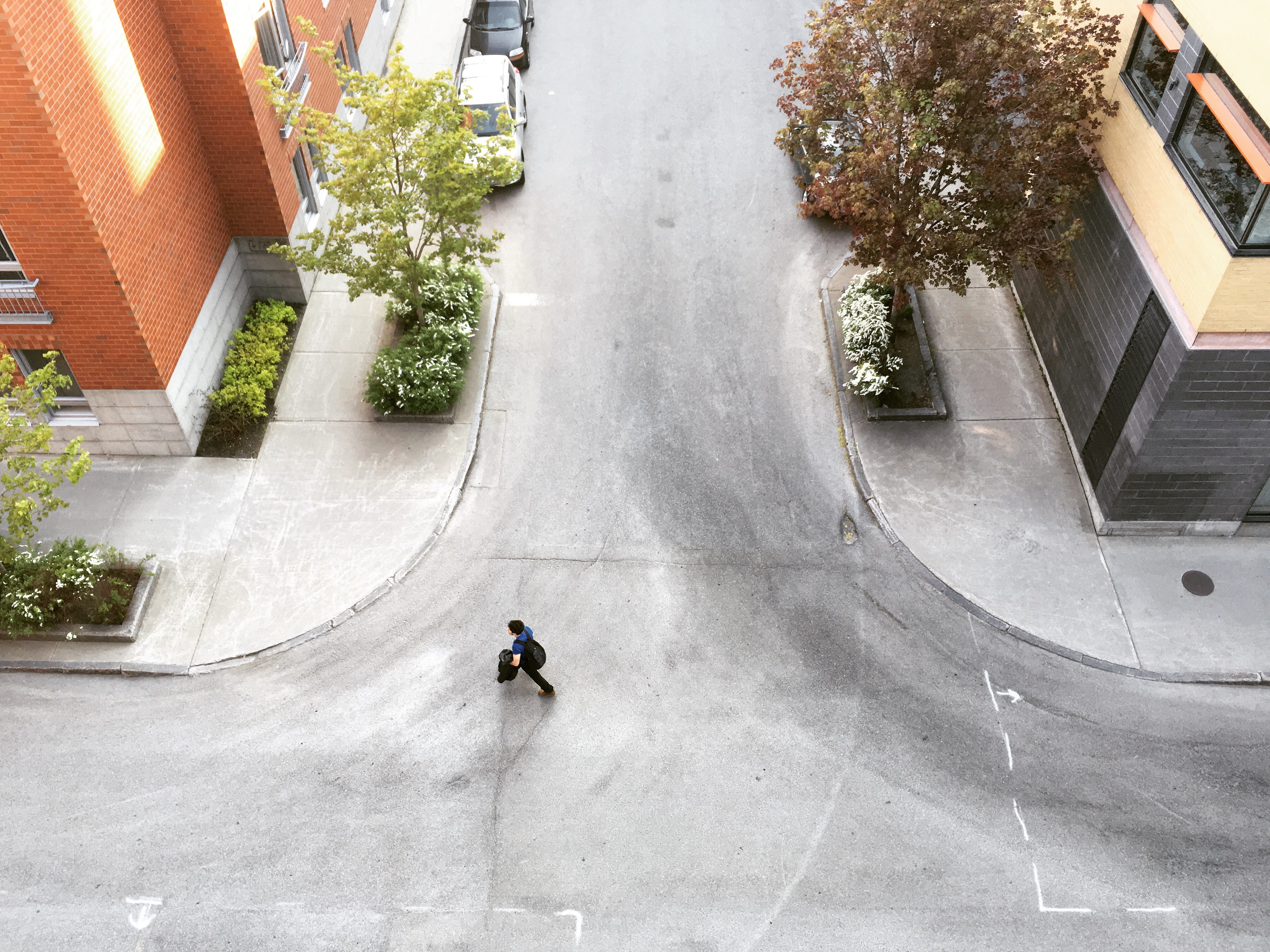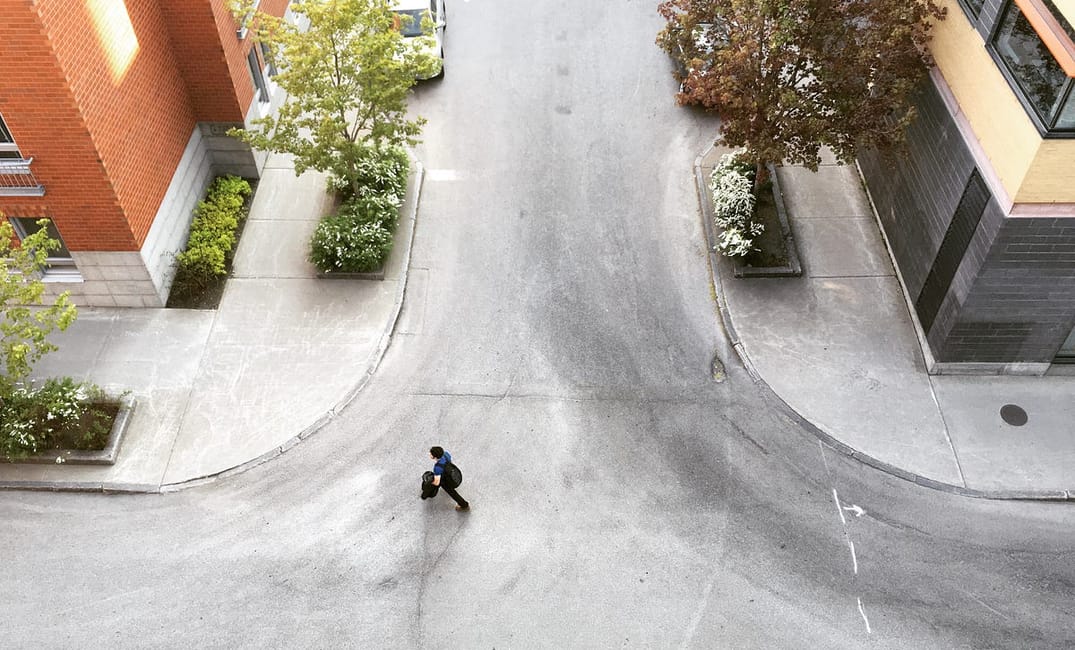

In the 1960s, a clan of avant-garde architects known as Archigram proposed a radical reinvention of the modern idea of the city. Office space went largely unoccupied, they noticed, as the week was 168 hours long, only 40 of which constituted the 9–5 grind. Why leave these buildings empty for the other 128 hours in a week, when there are plenty of people who need shelter?
But Archigram’s idea was much greater than envisioning a 6pm office slumber party in the Googleplex. Theirs was a city with buildings like giant robots that would periodically re-assemble themselves, detaching and re-attaching, rotating space and walls as needed to turn bedrooms to offices to play spaces, and back again. Their ideal city was one in which space was not a commodity but an open resource, to be bandied about, shared, and reshaped.
Though our city buildings aren’t exactly morphing into Transformers and running down the street, much of Archigram’s utopian vision has actually come about, in one way or another. Indeed, the contemporary idea of the “sharing economy” offers a chance to break down some of the walls when it comes to old ideas of ownership. Beyond housing, there are many other things that we now share, regularly, rather than own — in effect, reconstituting our ideas of ownership.
As foreseen by Archigram, office space has already become a mobile resource. There are a number of companies that provide hourly, on-demand office space, suitable for a meeting, nap or party. (No giant robot offices yet, sadly.) Likewise, Lyft and Uber exemplify a model wherein one person’s car is shared with hundreds of others over the course of a week. Couchsurfing offers an ideal of a hotel-less world, of people opening their homes to strangers.
But as much as the sharing economy is about re-assessing our ideas about ownership, its vision is also about the ability to re-use things we already have. It’s only a short hop from sharing your guitar with your housemate to combining your guitar and her keyboard into a shared, jointly-owned keytar. (If only instruments fit together like Legos.) That’s a silly example, but if we open ourselves to sharing and merging resources, a lot of interesting new cultural practices open up. Two neighbors with children might realize the added utility in tearing down the fence to make one shared super-yard. A group of stay-at-home parents might realize the added free time that could be realized by taking turns with childcare. And cooking dinner for five takes only a few minutes more than cooking for one.
If this is how sharing has changed our social fabric today, it’s fascinating to consider what a future, more shared San Francisco might look like. Imagine: personally-owned vehicles are prohibited within the city limits, and instead a fleet of driverless cars scuttles around our neighborhoods, awaiting boarders; parking structures have been removed, and in their place are public green spaces. Our small apartments become more livable, because we share things like cookware, sporting equipment, books and movies, and the like. Archigram’s idea is coming to pass, yet in a different way than originally envisioned.
This post is sponsored by Omni, the “concierge for your stuff” that helps San Franciscans save space and get more out of what they own. Learn more at BeOmni.com, or visit their blog Lighter Living for more stories around access over ownership.







